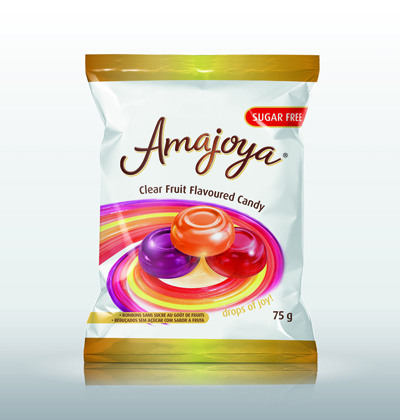MiaoMiao2 is an independent bluetooth reader designed to work with your FreeStyle Libre sensor. It transmits continuous glucose reporting every 5 minutes to your smartphone. MiaoMiao2 is rechargable and waterproof. You can track your blood sugars levels in real time and set low or high alarms without scanning your Libre sensor. With MiaoMiao2+Libre, you now get a continuous glucose monitor (CGM) which can also interface with closed loop artificial pancreas insulin systems.
Watch the video for more info or visit miaomiao.co.za















